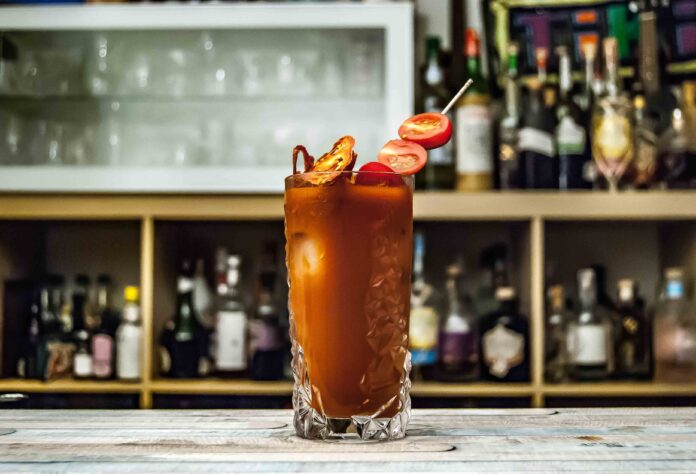If you’ve ever enjoyed a Bloody Mary, the popular cocktail known for its spicy kick and vibrant red hue, you might be surprised to learn that its name and history are shrouded in mystery and evolution. The cocktail we know today as a Bloody Mary has undergone several transformations over the years, and its origin is far from certain. Let’s take a journey through time to uncover the fascinating story of how the Bloody Mary came to be and how it earned its infamous name.
Origins in the “Bucket of Blood”
While the exact origins of the Bloody Mary remain disputed, it is widely accepted that the cocktail has roots in the early 20th century. One popular theory links the drink to a famous bar in Chicago known as the “Bucket of Blood.” This establishment, operated by a man named Fernand “Pete” Petiot, was known for serving concoctions that were a far cry from the modern Bloody Mary.
In the 1920s, Petiot started experimenting with a mixture of vodka, tomato juice, and various seasonings. His goal was to create a unique and tasty cocktail that would appeal to his customers during Prohibition, a period when the sale of alcohol was banned in the United States. However, it was not called a Bloody Mary at this point.
Mary Tudor and the Name Connection
The popular theory regarding the name “Bloody Mary” traces its origins to the British monarchy. Mary Tudor, also known as “Bloody Mary,” was the Queen of England from 1553 to 1558. Her reign was marked by the persecution of Protestants, earning her the infamous nickname. But how did this historical figure become linked to a tomato-based cocktail?
The most popular explanation is that the cocktail’s red color, brought about by the tomato juice, reminded people of the red bloodshed during Mary’s rule. It’s a vivid and memorable association, and it’s this visual resemblance that likely led to the cocktail being named “Bloody Mary.”
The Evolution of the Recipe
Over the years, the recipe for the Bloody Mary has undergone various changes and adaptations. Petiot’s original concoction was far simpler than the modern version. It contained vodka, tomato juice, lemon juice, Worcestershire sauce, and various seasonings. The exact ingredients and proportions could vary depending on the bartender’s preferences.
In the 1930s, the cocktail made its way to New York, and it continued to evolve. Horseradish, hot sauces, and other spices were added to give the drink its signature spicy kick. Today, the typical Bloody Mary includes not only these ingredients but also celery, pickles, olives, and even bacon as garnishes.
Other Theories and Variations
While the connection to Queen Mary Tudor is the most widely accepted explanation for the cocktail’s name, other theories exist. Some suggest it might have been named after a woman named Mary who frequented Petiot’s bar in Chicago and enjoyed the drink. Another theory ties the name to a waitress named Mary who worked at a Chicago bar called the Bucket of Blood.
It’s important to note that variations of the cocktail exist worldwide. In some regions, it is referred to as a “Red Snapper,” a “Caesar,” or simply a “Tomato Juice and Vodka.” The ingredients and name can vary significantly from one place to another, further complicating the Bloody Mary’s history.
The Bloody Mary, a beloved brunch cocktail and a staple of the mixology world, has a fascinating and convoluted history. Its name and recipe have evolved over the years, and its origins remain a subject of debate among cocktail enthusiasts. Whether it was inspired by a British queen with a dark legacy or a Chicago bartender’s regular patron, the Bloody Mary is a testament to the ever-changing nature of culinary creations. Next time you sip on this spicy and tangy concoction, remember that its history is as complex and intriguing as its flavor.
Photo by Johann Trasch on Unsplash
Views: 39






